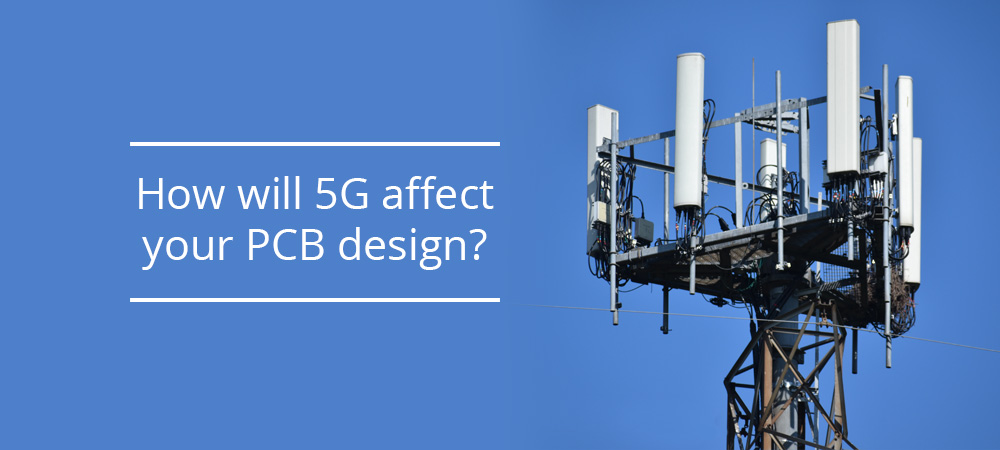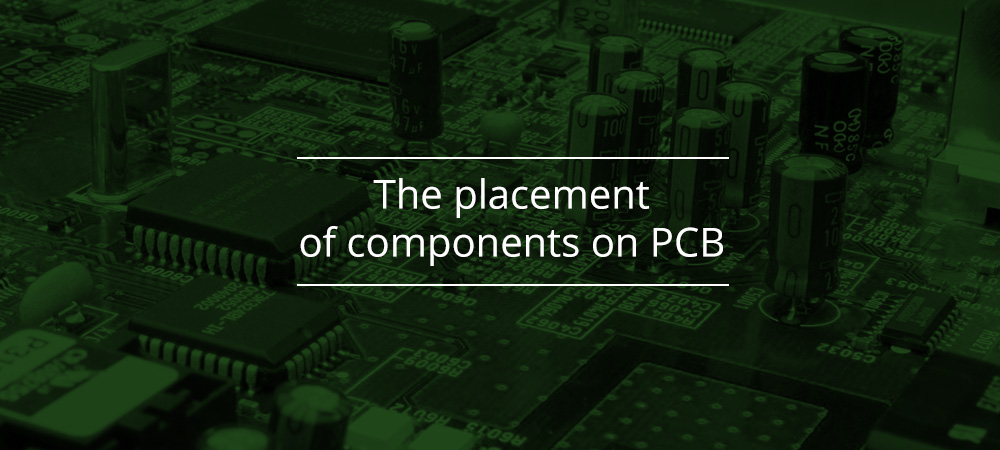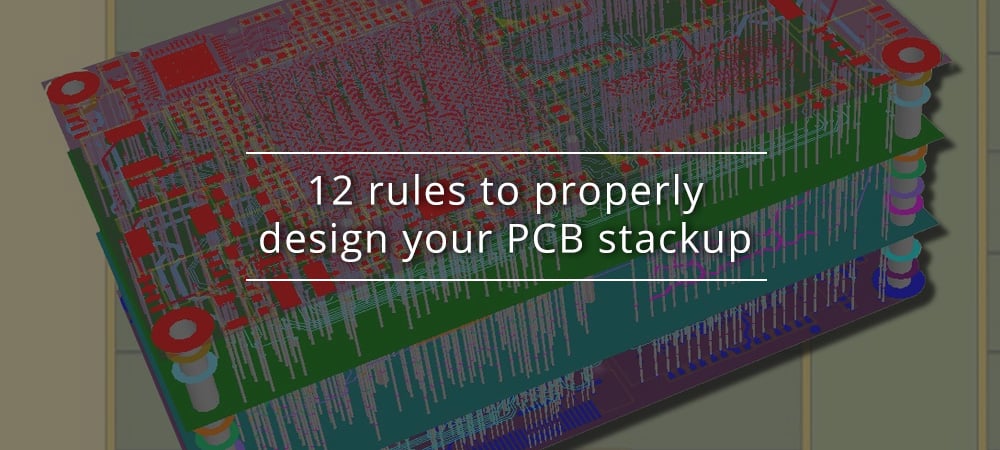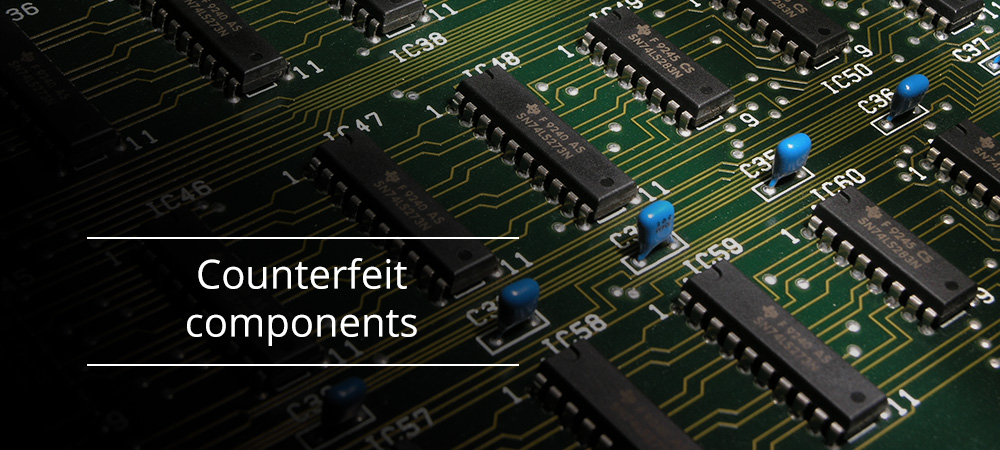Printed circuit board, the heart of every electronic device, is important not only because it allows the electrical connections between the various components, but also because it carries digital and...
Automotive PCB design is without any doubt one of the toughest challenges for electronic engineers. On-board electronic devices must in fact operate in the most demanding conditions, while ensuring...
Before the affirmation of Gerber files, there was no standard guideline to follow for the production of printed circuit boards (PCB). The documents that embraced the PCB specifications followed...
Flexible PCB technology, also known as FPC (Flexible Printed Circuit), is continuously growing, with applications in the main electronics sectors, such as consumer, automotive, electro-medical...
In low frequency, the arrangement of the electronic components on the printed circuit can be carried out with greater freedom and ease. The only critical issues to follow are the final design and...
The growing demand for more compact electronic products requires PCBs with multiple layers and a three-dimensional designing perspective. This designing perspective adds new problems to design...
For high frequency analogue or digital circuits, it is essential to protect the signals that propagate on the PCB from being damaged. In fact, signals above 100Mhz are impacted by trace impedance...
When power-system designers start a new AC-DC power converter design, they are faced straight away with the important choice of topology. Broadly seven different topologies at least are supported by...












